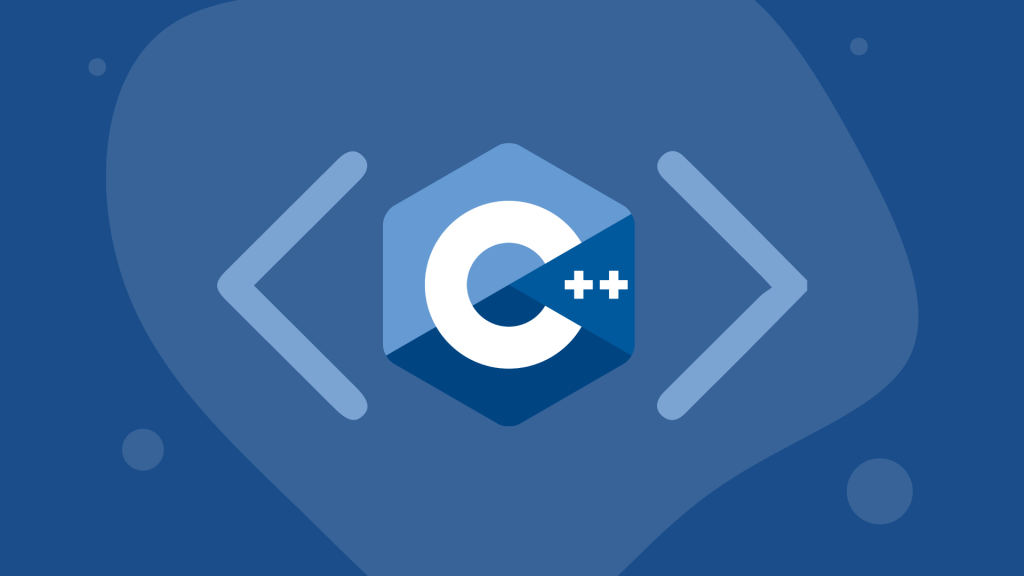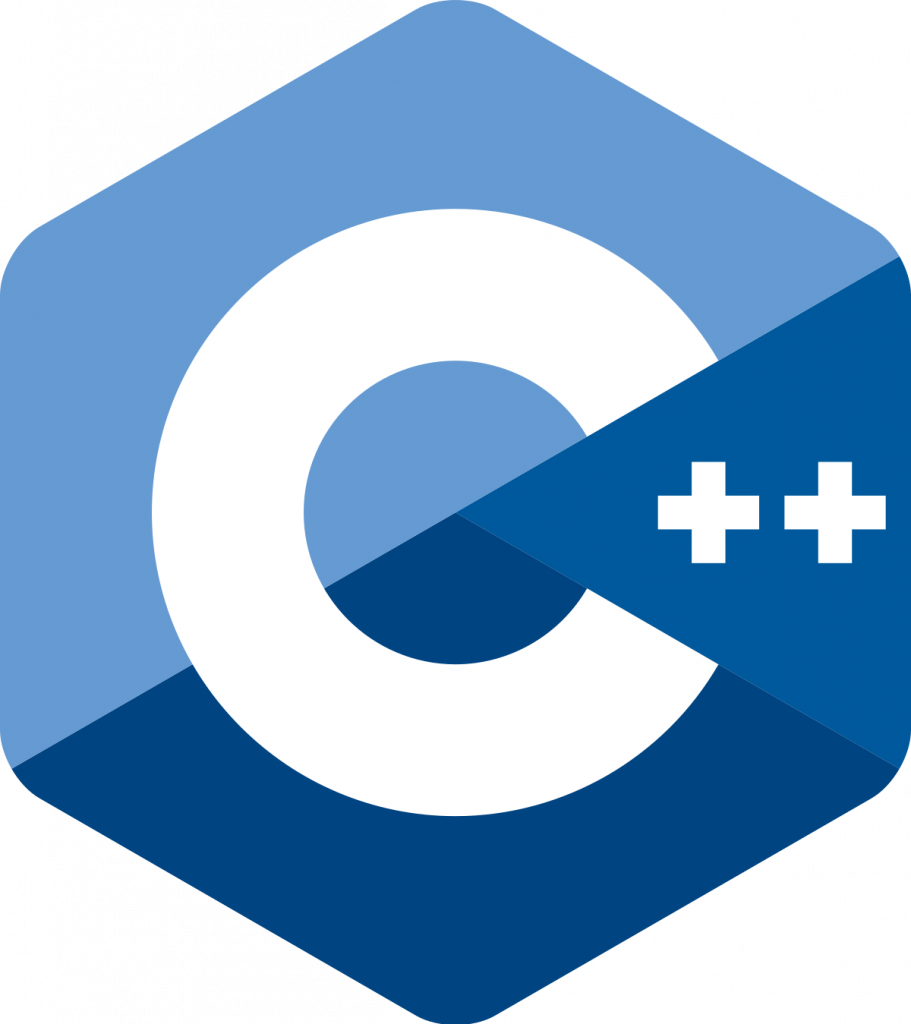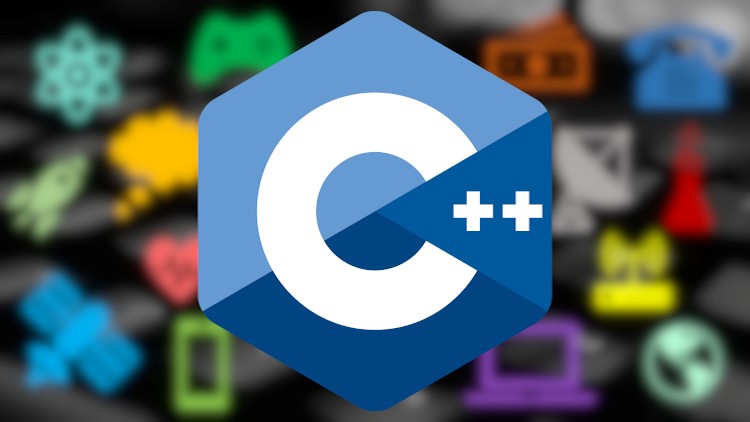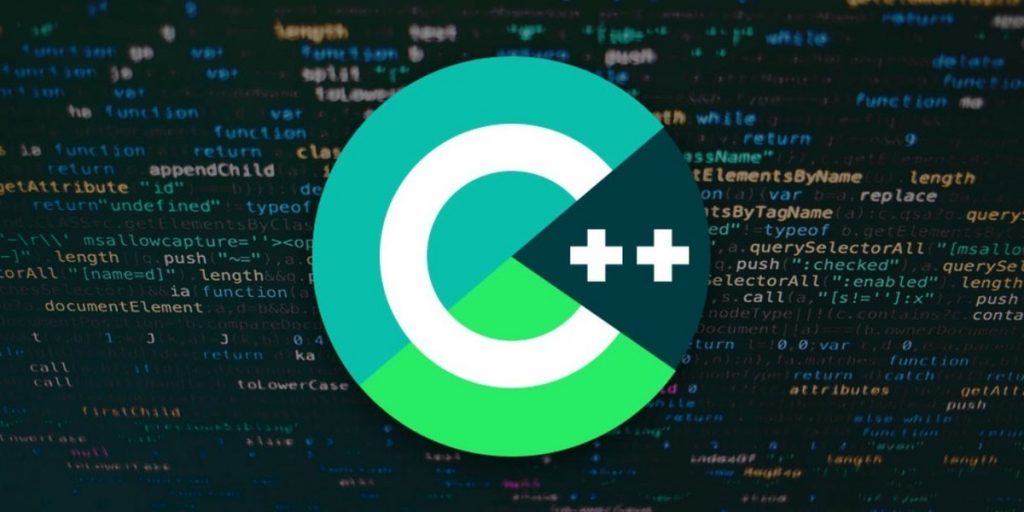
We’re formallyin the digital environment,and social media has been widely recognizedas one of the most all-powerful influencers within the digital narration. Both individuals and businesses rely on it to receive and share valuable information. On the other hand, dating apps are taking the market in the storm. Even at the comfort of your home, you’re able to meet new people and eventually become part of their lives (who knows!).
The choice of languages to create dating apps and social networking websites varies from one another, though C++ is one of the most sought-after. Here’s a look at how it is used on both dating apps and social media.
C++ on Social Media
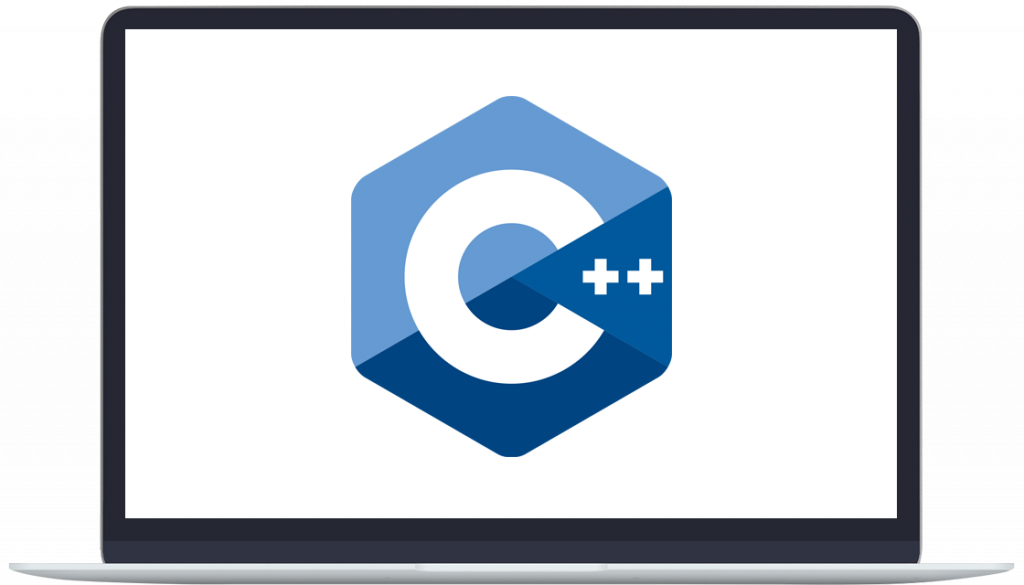
Anyone already has a bit of an idea about social media. It allows us to share or make content with other people within our network. Messaging applications like Facebook Messenger enable users to send each other any form of images or content, while Instagram lets you tag other people in several memes. The possibilities seem endless. And, we cannot deny that programming languages, including C++, play a big role in making these social networks a huge success.
Facebook, Yahoo, and Twitter are some of the biggest online platforms that use C++ to handle their back end and other essential functions. It possesses massive benefits like faster code, mainly because this language has no standard user interface. The code of user interface is usually written in the domesticlanguage, and the C++ language is primarily used for business logic.
Anyone familiar with this programming language can agree that it stands out well than Java at some point. C++ is C’s superset and must accumulatenearly all C programs.
C++ on Dating Apps
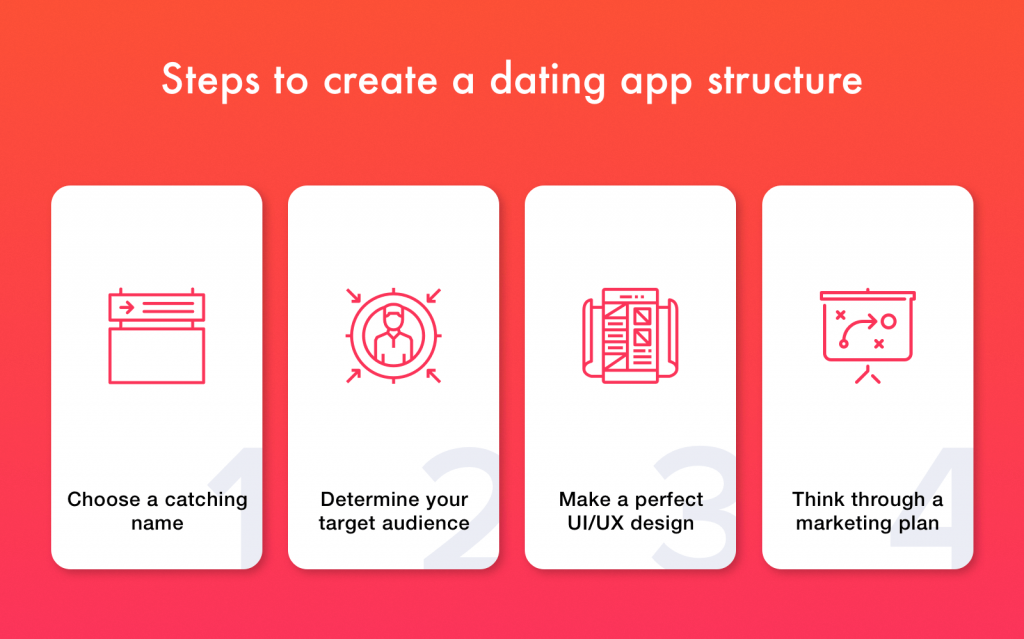
A dating and hookup website like Free Fuck App is also a form of social network that enables users to come, make friends and fuck buddies, and interact with each other by sharing messages, pictures, and videos. Thus, it should fulfill some constraints, which include being able to restore, upload, and maintain a big database of the users and their media and information.
C++ is not only for client-side development. These days, a lot of dating apps integrate the power and system processing capacity of C++ to attain the best server processing. It is typically used for backend development purposes. This language is widely used for most apps and even web browsers too. One major advantage is its ability to be utilized on a range of different platforms. Developers who are still getting into the world of coding may find C++ a relatively easy and simple programming language to learn and master.
It proves to be fast as several of the code functions. And just like other languages, this one is also versatile. This means you can use it along with other programming languages to achieve certain goals in your dating site.
To conclude, C++ is one of the productive programming languages for modern app developments. Whether it is for a social network, dating app, or other applications, it can be your primary language to drive top-notch digital experience.
